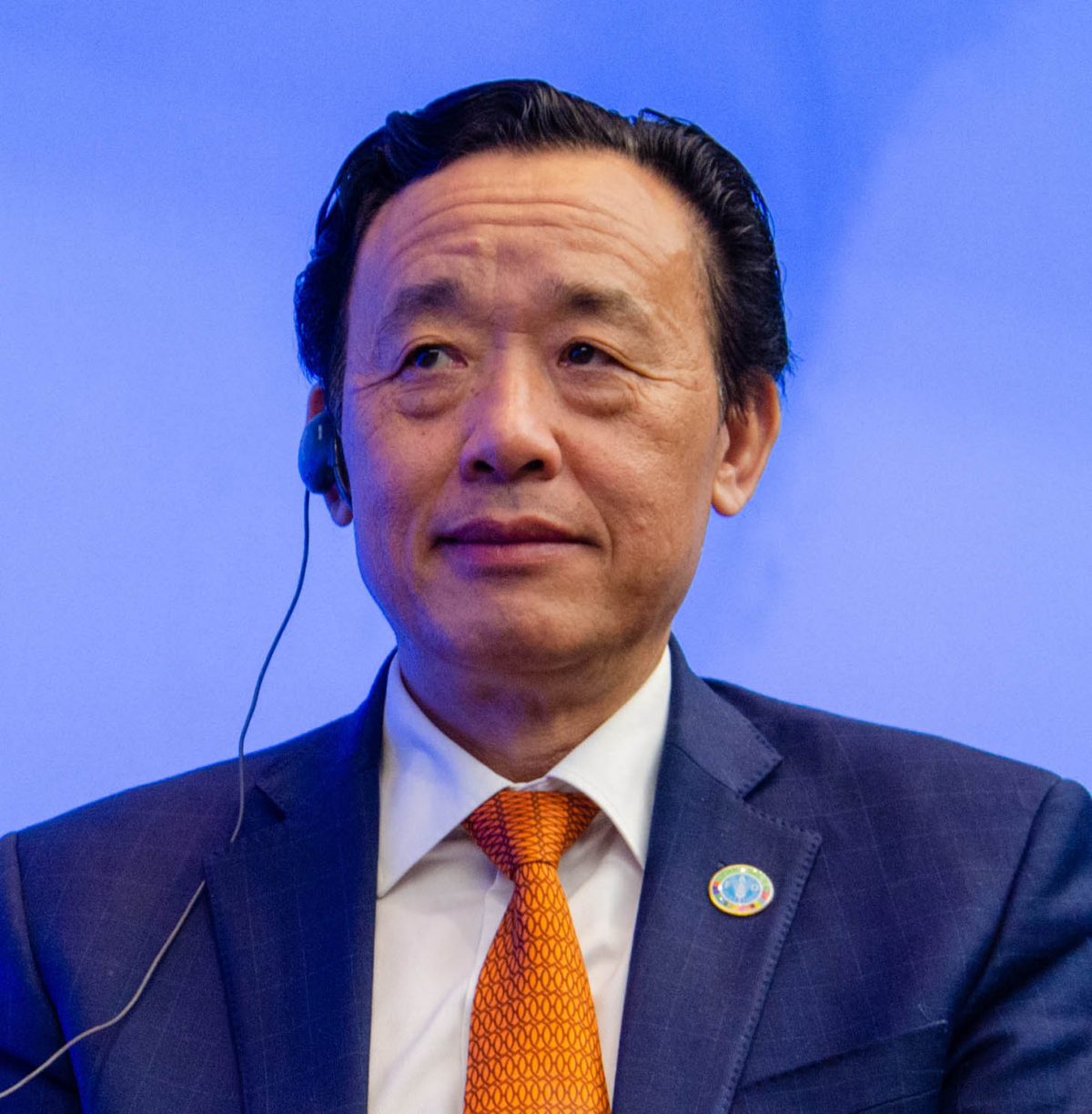Even more daunting survival-related challenges than presently obtain are likely to lie ahead for countries that are now battling with food security if the alarming picture of a continual loss of scarce resources, painted in a recently released Report by the United Nations Food & Agriculture Organization (FAO) persists.
The Report, made public in December, highlights what it says is the continual deterioration of the earth’s soil, land and water resources and the impact that this will have on feeding a global population that is likely to get close to 10 billion by year 2050.
“The pressures on soil, land and water ecosystems are now intense, and many are stressed to a critical point,” FAO Director-General Qu Dongyu wrote in the foreword to the Synthesis Report, titled “The State of the World’s Land and Water Resources for Food and Agriculture – Systems at Breaking Point”. The FAO Director-General said that against this backdrop, “it is clear that our future food security will depend on safeguarding our land, soil and water resources,” in the period ahead.
In his presentation to mark the launch of the study, the FAO Director General also asserted that “current patterns of agri-food production are not proving sustainable even though these can play a major role “in alleviating the pressures and contributing positively to climate and development goals.” And the Report says that if the global trajectory necessary to produce the additional 50 per cent more food needed is to be realised, this would mean that official water withdrawals will have to occur increasingly, a circumstance that could create environmental disasters, increase competition for resources, and fuel new social challenges and conflicts.
Some of the more disturbing portents contained in the FAO report include what it says is the current “human-induced soil degradation” which “affects 660 million hectares of agricultural land” as well as the limited amount of room left “for expanding the area of productive land now available to produce the 95% of food needed to satisfy the needs of the global population.”
Meanwhile, the Report says that the rapid growth of cities now significantly impacts on land and water resources, bringing with it the attendant negatives of polluting and encroachment on prime agricultural land “that is crucial for productivity and food security.” Water scarcity, it adds, jeopardises global food security and sustainable development, threatening 3.2 billion people living in agricultural areas. At the same time the Report says that given the limited arable land and freshwater resources there is need for a rapid scaling-up of technology and innovation to address these limitations. Accordingly, it points to the need to strengthen the digital architecture needed to provide basic data, information and science-based solutions for agriculture that make full use of digital technologies and are climate-proof. Additionally, the Report calls for land and water governance to be “more inclusive and adaptive, to benefit millions of smallholder farmers, women, youth and indigenous peoples” whom, it says, “are the most vulnerable to climatic and other socio-economic risks and face the greatest food insecurity.”
Contending that sustainable soils, land, and water, are the foundations for resilient agri-food systems, the FAO Report adds that the sustainable use of these resources is key to achieving climate mitigation and adaptation targets. Wise use of soils alone, it says, can potentially sequester one-third of greenhouse gas emissions from agricultural land.






